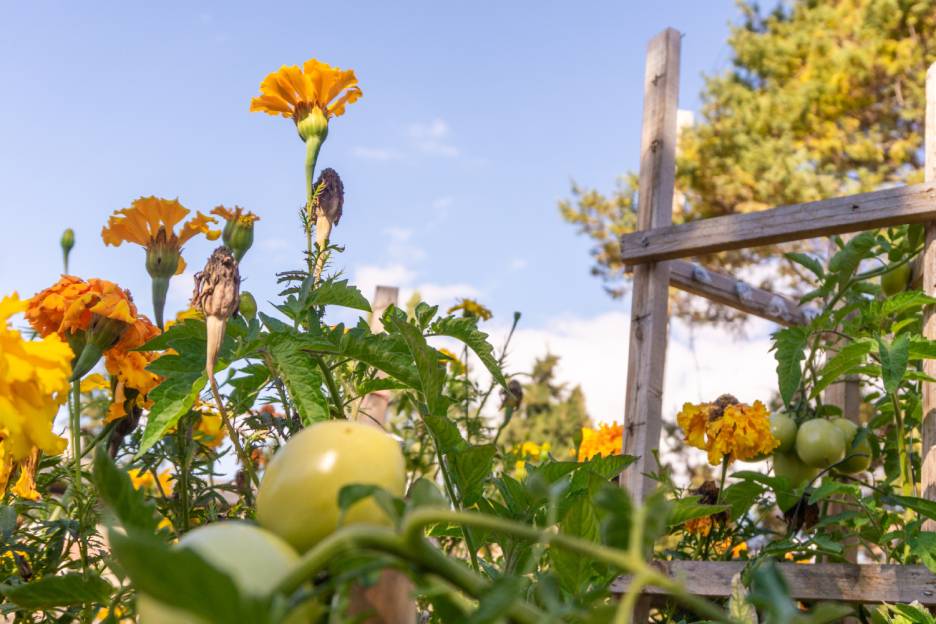
Monday – Friday: 10am – 7pm
Saturday: 10am – 6pm
Sunday: 1pm – 6pm

In gardening and farming circles, we often hear the term “sustainability” applied to agricultural goals.
According to the Union of Concerned Scientists, sustainability involves
Working with natural ecosystems rather than trying to tame them, permaculture is one aspect of sustainability.
“Permaculture principles focus on thoughtful designs for small-scale intensive systems which are labor efficient and which use biological resources instead of fossil fuels,” said Bill Mollison, one of the founders of the permaculture movement in the 1970s.
Even a backyard gardener can make a difference by incorporating permaculture techniques.
Environmental benefits include:
Although it takes a while to plan and set up a permaculture system in your garden—think of it as your initial investment—you’ll find that over time, you’ll need to work less to maintain it.
Allowing mulch and compost—along with undisturbed insects underground—to improve the soil means you won’t have to till it every year.
An important first step is to get composting. Whether you use a bin or a small, fenced area, put the products of your yard cleanup to work right away. Add kitchen scraps and turn the pile often.
Conserve water by taking advantage of rain. Buying a rain barrel or two is a good permaculture investment; when you hear it raining, you’ll feel good to know you’re collecting the water that’s running from your roof gutters.
Instead of keeping each type of plant separate from others, take a hint from our Native American forebears, who grew corn, squash, and beans together. This method is sometimes called companion planting. Mixing it up is good for the soil and for beneficial insects.
“The more diverse your backyard is in terms of plant, insect and animal life,” according to GroCycle.com, “the more resilient it will be.”
Put logs, limbs, and smaller branches to work as you’re starting out by creating a raised bed on top of a large pile of wood. As the wood breaks down under the soil, it retains water, cutting down on your irrigation needs. Called hugelkultur in German, this method is good for the soil and does not need to be done every year.